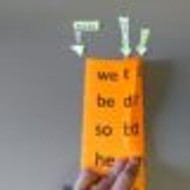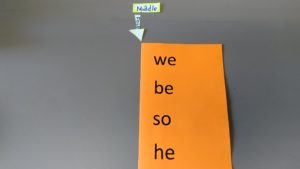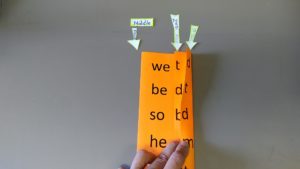Teaching Open & Closed Syllables: Meaning, Activities, & More
Posted by Brainspring on 17th Sep 2017
Open and closed syllables are the first types of syllables students are introduced to in the Phonics First® program. Students need plenty of practice manipulating these syllables to understand the change in vowel sounds in open (no) and closed (not) syllables.
What Are Open & Closed Syllables?
Understanding open and closed syllables is important in phonics instruction and helps students decode and pronounce words accurately.
Open syllables occur when a syllable ends with a vowel, allowing the vowel to produce its long sound. Examples of open syllables include no, go, and she.
On the other hand, closed syllables are formed when a consonant closes off the vowel, causing it to produce its short sound. Examples of closed syllables include not, cat, and men.
Teaching students to identify and differentiate between these syllable types allows them to break down words into manageable parts, fostering better reading fluency and spelling accuracy. This becomes more important as students come across more complex, multisyllabic words.
Why is it Important to Teach Open & Closed?
Teaching open and closed syllables provides students with an approach to decoding unfamiliar words. This knowledge allows them to recognize patterns in language, making it easier to predict vowel sounds and syllable structures.
For example, a student who understands open syllables can quickly identify why the vowel in robot is pronounced with its long sound, while a student familiar with closed syllables knows that the vowel in rabbit has a short sound.
This not only improves reading fluency but also increases confidence as students learn to approach new words with clear strategies. This will help students decode and understand complex words in the future.
Open & Closed Syllables Activity
First print both sides of the worksheets.
Download the open and closed syllable worksheets here:
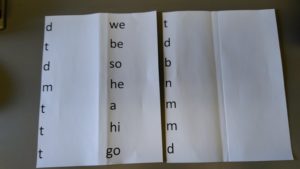
Next, copy the papers back-to-back
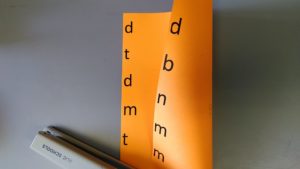
Then fold the paper down the middle.
Finally, fold the paper a second and third time.
Tip: Make two. Make one for the student to take home for practice and one to use as an intensive to review.
Tips for Struggling Students
A common challenge is misidentifying multisyllabic words. Teach students to break these words into smaller parts and identify each syllable type individually. By focusing on clear examples, repetition, and engaging activities, teachers can help students overcome these obstacles and build a solid foundation in syllable recognition.
Additional Open & Closed Syllable Words
Here are some additional open and closed syllable words to practice with:
Open Syllables
- No
- Go
- She
- Me
- We
- Hi
- Be
- My
Closed Syllables
- Cat
- Dog
- Cup
- Men
- Sit
- Sun
- Rat
- Ship
Additional Teaching Resources
